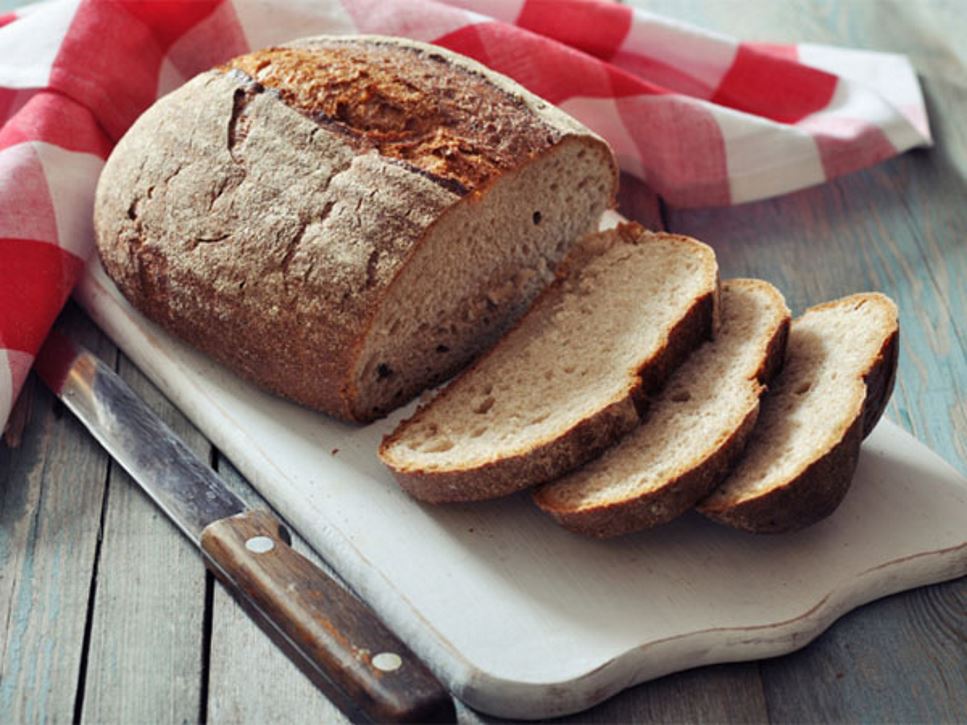Food poisoning might be what comes to mind when you hear the words "home food safety." But for the millions of Americans with food allergies and sensitivities, avoiding contact with an offending food is as much of a concern. Contact with even a small amount of a specific food may cause life threatening reactions in people with food allergies or cause damage to the intestinal tract of those with celiac disease.
Many of us know someone with celiac disease or a food allergy or sensitivity, so knowing how to keep foods safe when cooking at home is important.
You've probably heard the terms "cross-contamination" and "cross-contact." While used interchangeably, they are different.
Cross-contamination is when harmful bacteria are transferred to a food from another food or surface. Most dangerous bacteria can be reduced by cooking foods to the proper internal temperature.
Cross-contact is when the food allergen or gluten is transferred to a food meant to be allergen- or gluten-free. Cooking does not prevent having a reaction for a person with an allergy or sensitivity to the ingredient.
Safety Starts at the Store
The U.S. Food and Drug Administration's Food Allergen and Labeling Consumer Protection Act and Gluten-Free Food Labeling Rule have made shopping much easier, but care and attention are still required when selecting items from store shelves:
- When shopping for others, store problematic foods in plastic produce bags and consider placing them in a second cart. Keep them separate through checkout, and until you store them at home.
- Avoid foods from bulk bins, hot/cold salad bars and the deli counter, as these are common sites for cross-contact.
- Read ingredient labels each and every time you shop, as recipes can change without warning.
Set Up a Storage System
If you can't keep the entire house free from an offending food, try the following:
- Choose squeeze bottles, when possible, to eliminate cross-contact from “double-dipping” utensils into condiments like peanut butter, jelly or sour cream.
- Try to use condiments that are safe for everyone in the family to enjoy, but if this is not possible, clearly label the option that is gluten- or allergen-free.
- Dedicate shelves or cupboards to allergen and/or gluten-free foods to avoid confusion.
- Place gluten- and allergen-containing foods on shelves below allergen- or gluten-free foods — in the pantry, refrigerator and freezer.
Conscious Cooking is Key to Preventing Cross-Contact
- Depending on the food that needs to be avoided and where practical, consider using separate sets of utensils and small appliances such as toasters, pots, strainers, cutting boards, rolling pins, whisks and pizza cutters.
- Prepare and cook allergen- or gluten-free dishes before making items that contain those ingredients. Be sure to use cleaned equipment and surfaces.
- If possible, dedicate a kitchen space to allergen- or gluten-free food preparation.
Wash and Wash Again
- Wash and sterilize everything food being prepared may touch.
- Wash hands with clean, soapy water for 20 seconds.
- Change gloves and aprons when working with allergens.
- Wash plates, small equipment and utensils with hot, soapy water or rinse off residue and put it in the dishwasher.
- To clean surfaces and larger appliances, use a dry towel to wipe off crumbs first, then wash or sterilize.
Consider Cross-Contact Through Service
- Serve guests who need allergen- or gluten-free foods first and carry their dishes separately from others.
- For family-style meals, allow guests with allergies or intolerances to serve themselves first.
- Avoid "make-your-own" dishes with high risk for cross-contact, including sundaes, salads and topping bars.
If, after taking all these precautions, you think cross-contact has occurred, let your guest know. They will happily wait to be served a dish that is safe to eat.
References
Find a Nutrition Expert
Looking for credible nutrition information and recommendations? The Academy of Nutrition and Dietetics' network of credentialed food and nutrition practitioners are ready to help!

